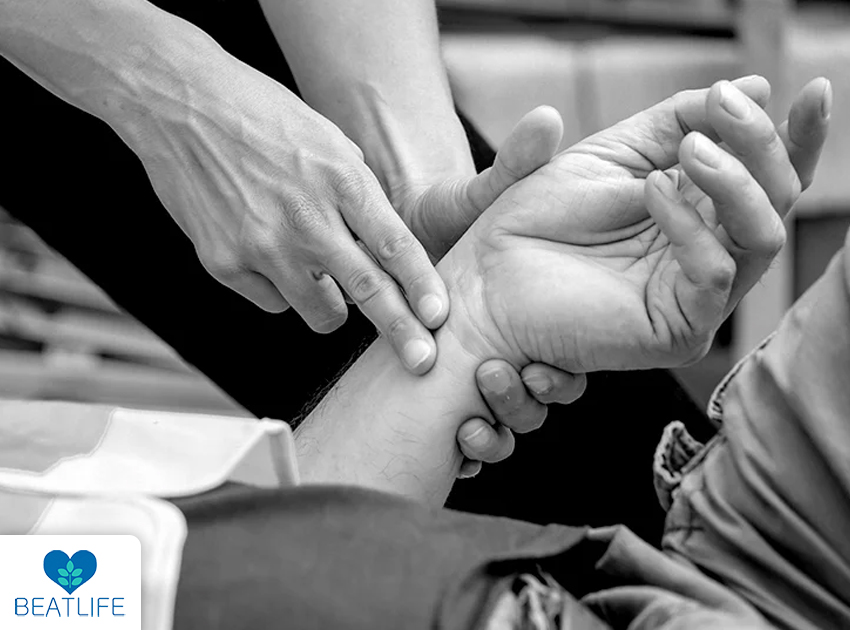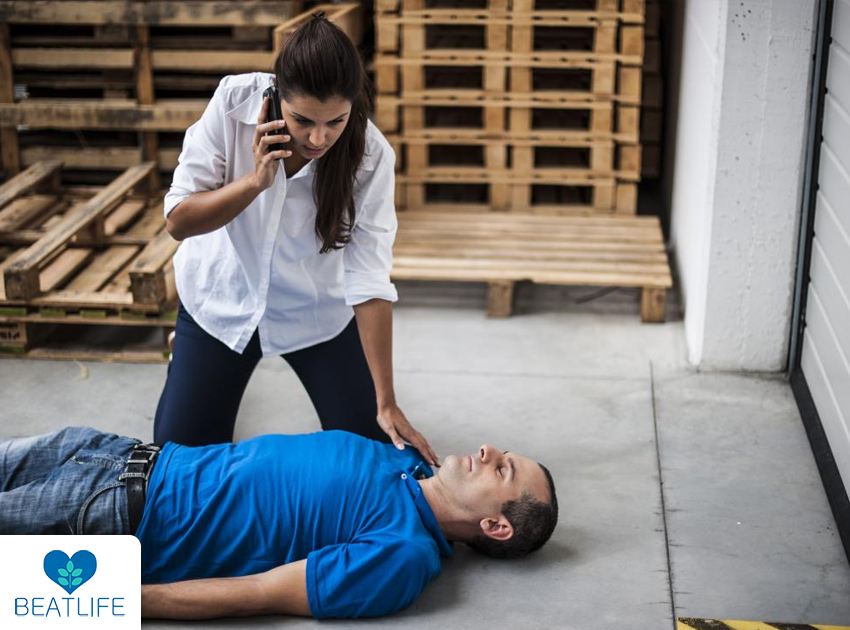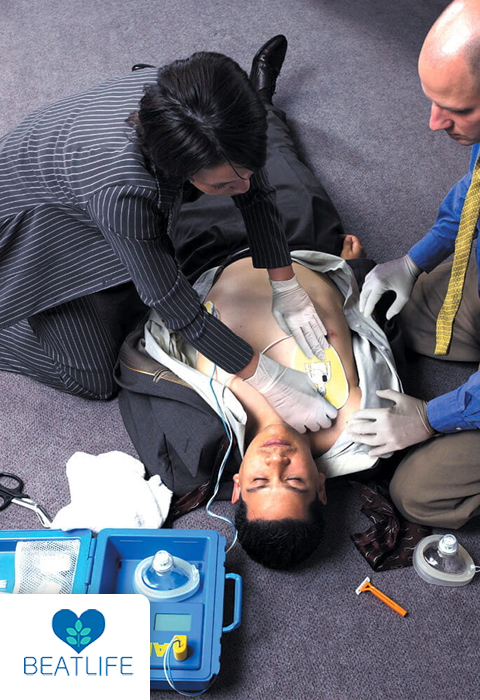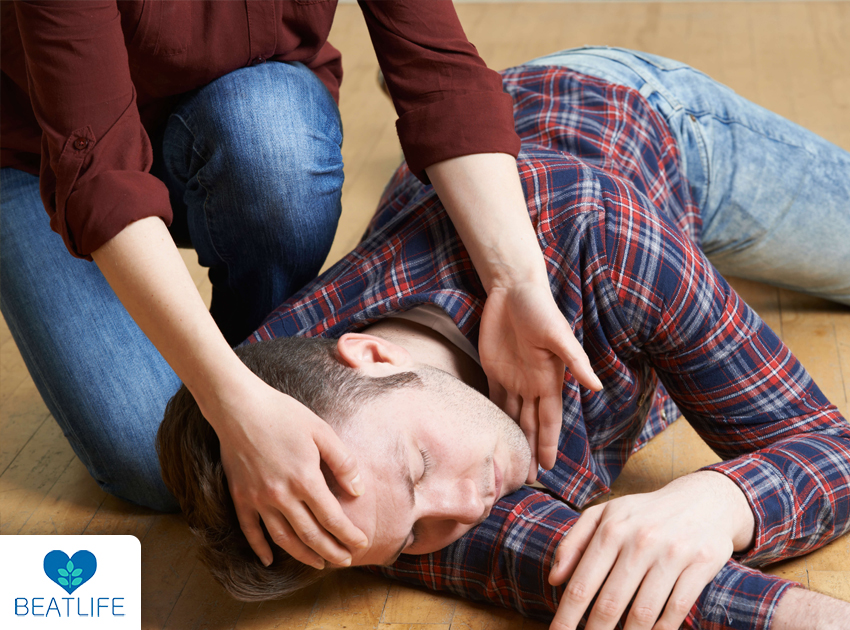In the realm of emergency scenarios, encountering an unresponsive individual often initiates a cascade of questions and concerns. This section sets the stage, unraveling the mystery that shrouds unresponsiveness and preparing readers for the depth of understanding to follow. The perplexity of such situations requires not only immediate action but also a nuanced comprehension of What Does It Mean When Someone Is Unresponsive?
Contents
What Does It Mean When Someone Is Unresponsive?
When someone is unresponsive, it signifies a state of non-reactivity and lack of awareness to external stimuli. This condition can result from various factors, including medical emergencies, trauma, or underlying health issues. Unresponsiveness is a critical indication that the individual is unable to communicate or engage with their surroundings in a typical manner. It often prompts immediate concern, requiring swift evaluation to determine the cause and appropriate intervention.
The person may not show signs of consciousness, fail to respond to verbal stimuli, and exhibit limited or no movement. Recognizing unresponsiveness is a pivotal moment that necessitates prompt action, such as initiating first aid measures, calling for emergency assistance, and, if trained, performing CPR to maintain vital functions until professional help arrives.

Common Causes and Indicators
Unresponsiveness can stem from various causes, including sudden medical emergencies such as cardiac arrest, respiratory failure, or neurological events like strokes. Traumatic injuries, severe allergic reactions, and drug overdoses are additional contributors to this state. Identifying the specific cause is crucial for tailored intervention and effective first aid.
Recognizing unresponsiveness involves observing distinct indicators. Lack of response to verbal stimuli, absence of purposeful movements, and unresponsiveness to touch are primary signs. Shallow or irregular breathing and unconsciousness are also key indicators. In emergency situations, swift recognition of these signs is essential for initiating timely and appropriate interventions, potentially saving lives.
The Immediate Response Protocol
When faced with an unresponsive individual, time becomes an invaluable resource. This segment outlines a detailed immediate response protocol, guiding readers through the crucial steps to be taken in those critical moments. The integration of BEATLIFE CPRmeter is highlighted as a tool that enhances the precision and efficacy of immediate responses, ensuring that every action counts.

First Aid Measures for Unresponsive Individuals
After realizing What Does It Mean When Someone Is Unresponsive, swift and informed action can make a crucial difference. Understanding and applying appropriate first aid measures can be the key to preserving life until professional help arrives. Let’s explore essential first aid steps for dealing with unresponsive individuals:
Assess the Situation:
Begin by ensuring your safety and the safety of those around you. Look for any potential hazards that might endanger you or the unresponsive person. If the area is safe, proceed to assess the person’s responsiveness.
Check Responsiveness:
Gently tap the person and speak loudly, asking if they are okay. Check for any signs of movement or response. If there is no response, the individual may be unresponsive, requiring immediate action.
Activate Emergency Services:
Dial emergency services or instruct someone nearby to do so. Provide precise information about the situation and follow any instructions given by the dispatcher. Time is of the essence, especially in critical situations.
Open the Airway:
Ensure the person’s airway is clear. Gently tilt their head backward and lift the chin upward to open the airway. This allows for better airflow and may stimulate a response if the unresponsiveness is due to airway obstruction.
Check for Breathing:
Place your ear near the person’s mouth and nose, looking for chest movement and listening for breath sounds. If the person is not breathing or breathing irregularly, initiate CPR (Cardiopulmonary Resuscitation) immediately.
Begin CPR:
If the individual is unresponsive and not breathing, start chest compressions. Position your hands on the center of the chest and perform compressions at a rate of 100-120 per minute. Integrate rescue breaths if you are trained in CPR, using a CPR mask or face shield to minimize infection risk.

Utilize AED if Available:
If an Automated External Defibrillator (AED) is accessible, follow its instructions for use. AEDs can analyze heart rhythms and deliver an electric shock if necessary. This can be crucial in cases of cardiac arrest.
Continue Until Help Arrives:
Continue CPR until professional help arrives, the person starts breathing on their own, or you are physically unable to continue. Consistency in chest compressions and maintaining a steady rhythm is vital for the effectiveness of CPR.
Monitor and Reassure:
While waiting for professional assistance, continuously monitor the person’s condition. Reassure them if they regain consciousness, keeping them calm until help arrives.
Document and Communicate:
If possible, document the events leading to the unresponsiveness and communicate this information to healthcare professionals upon their arrival. Any details can aid in accurate diagnosis and treatment.
Remember, these first aid measures are general guidelines, and professional training in CPR and first aid is highly recommended for effective response in emergency situations. The use of tools like CPRmeter, providing real-time feedback during CPR, can enhance the precision of your actions and contribute to better outcomes.
When to Seek Professional Assistance
Knowing when to seek professional assistance is as important as knowing What Does It Mean When Someone Is Unresponsive . If your attempts to revive the person through basic first aid measures like CPR are unsuccessful, or if the person remains unresponsive despite your efforts, it is imperative to call for emergency services immediately. Additionally, situations involving unresponsiveness due to potential life-threatening causes such as cardiac arrest, severe trauma, or respiratory failure require swift professional intervention.
Timely communication with emergency medical services ensures that skilled healthcare professionals can provide advanced care, assess the situation thoroughly, and transport the individual to a medical facility for further evaluation and treatment. Seeking professional assistance promptly is the key to enhancing the chances of a positive outcome in critical scenarios involving unresponsiveness.

